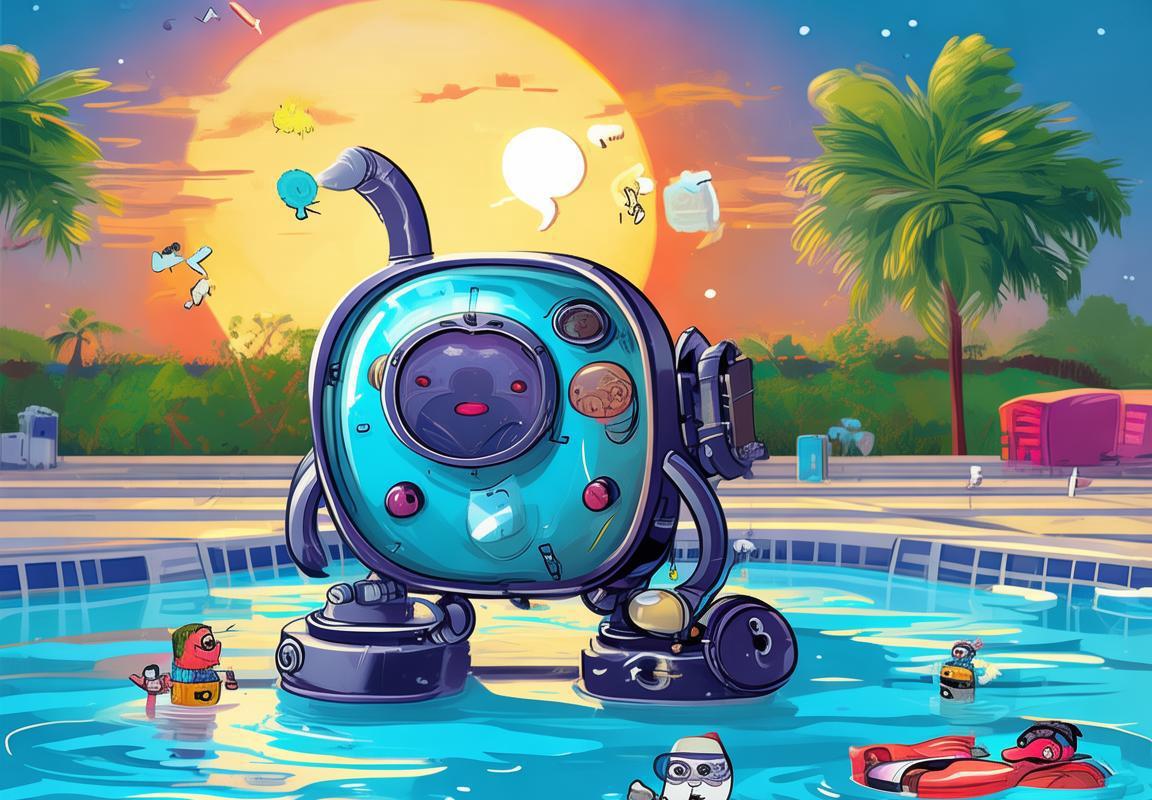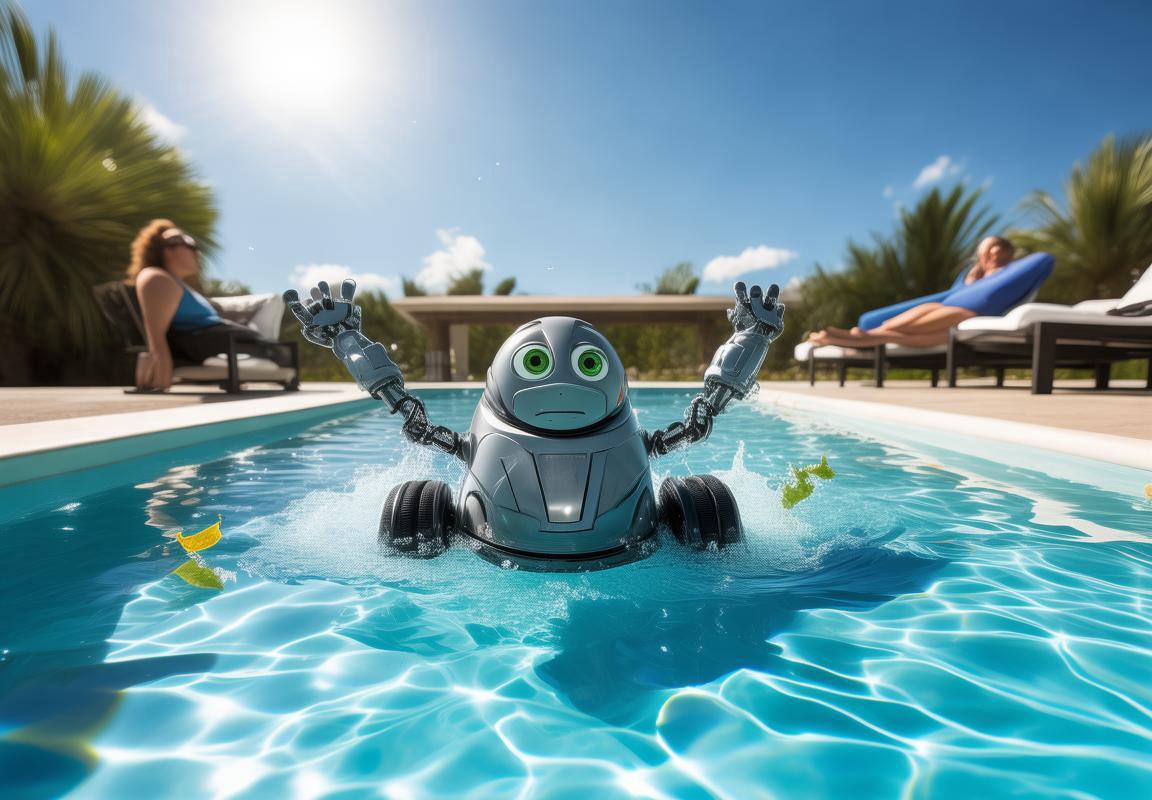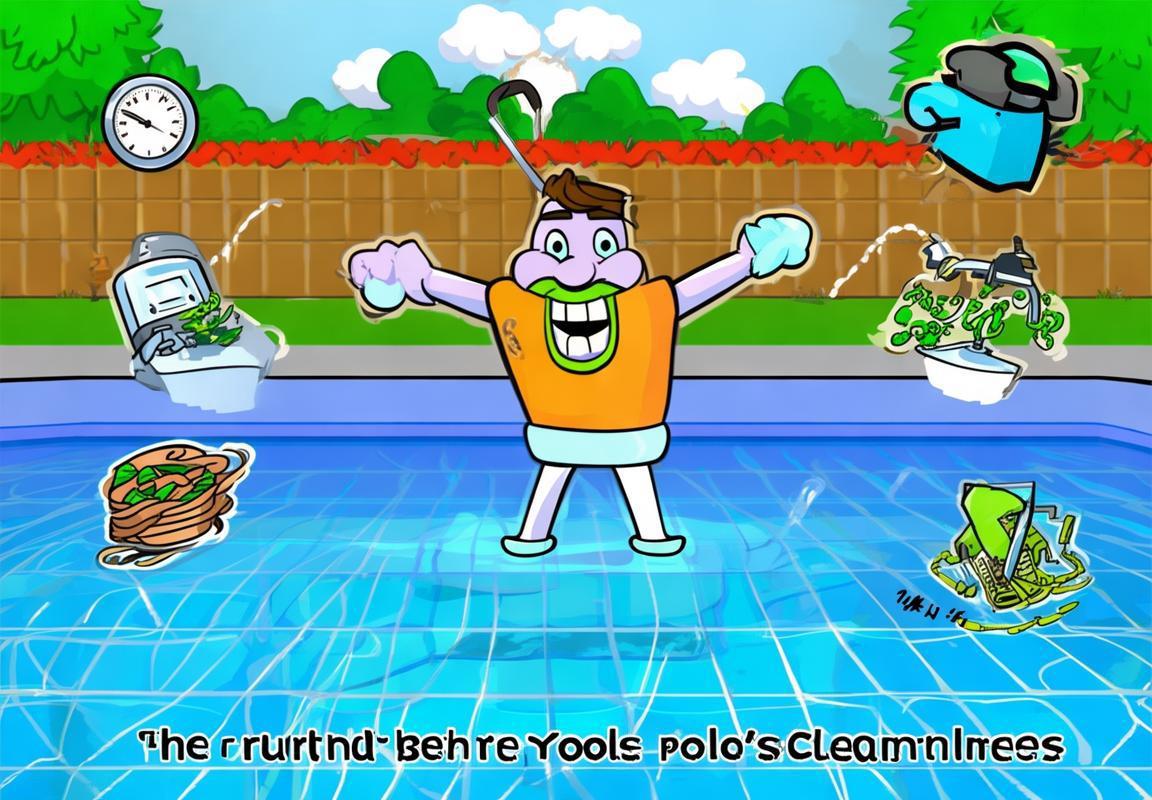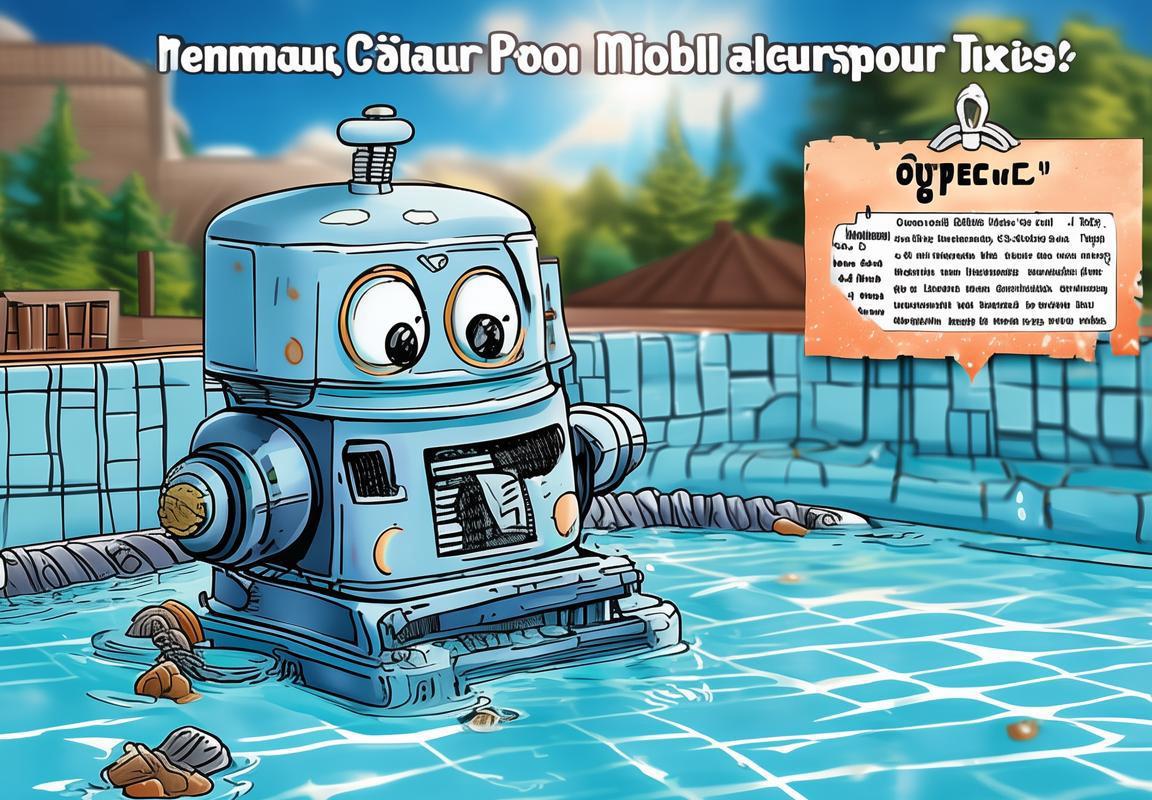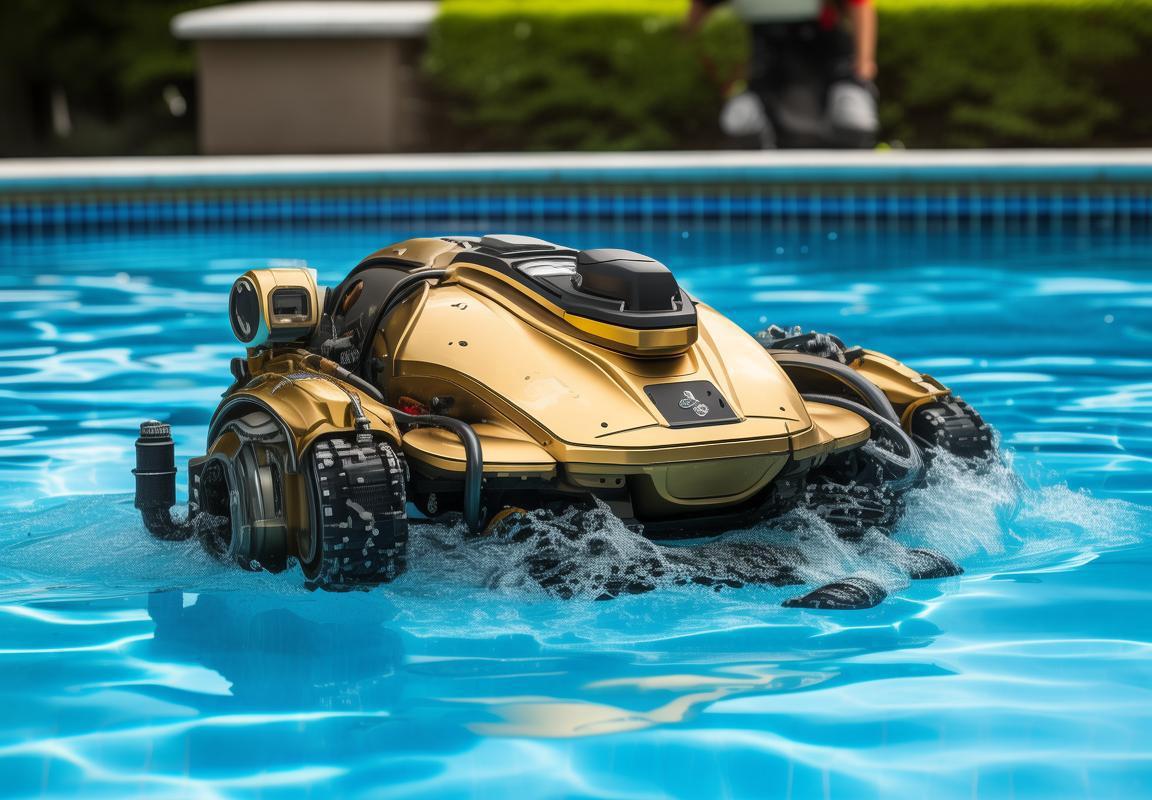Kreepy Krauly Pool Cleaner Troubleshooting: Fixing Footpad, Diaphragm, Hose Leaks & More | Essential Pool Cleaner Parts & Maintenance Guide
If your Kreepy Krauly pool cleaner is acting up—spinning in circles, losing suction, or leaking—it’s likely due to worn Kreepy Krauly pool cleaner parts. Common Kreepy Krauly troubleshooting issues include a worn footpad (replace it if your cleaner slides instead of cleans), a cracked diaphragm (causing weak suction—swap it out), or hose leaks (check O-rings and tighten connections). Pool cleaner maintenance is key: clean the turbine if debris jams it, empty the filter bag regularly to prevent sluggish movement, and lubricate O-rings to stop leaks. If your Kreepy Krauly isn’t moving, inspect the footpad or turbine; for suction problems, check the diaphragm or hoses. Most fixes are simple—replacing these pool cleaner parts beats buying a new unit. Store it indoors in winter to avoid cracked parts. Regular care keeps your Kreepy Krauly running smoothly, saving you from pool-turned-swamp disasters.
